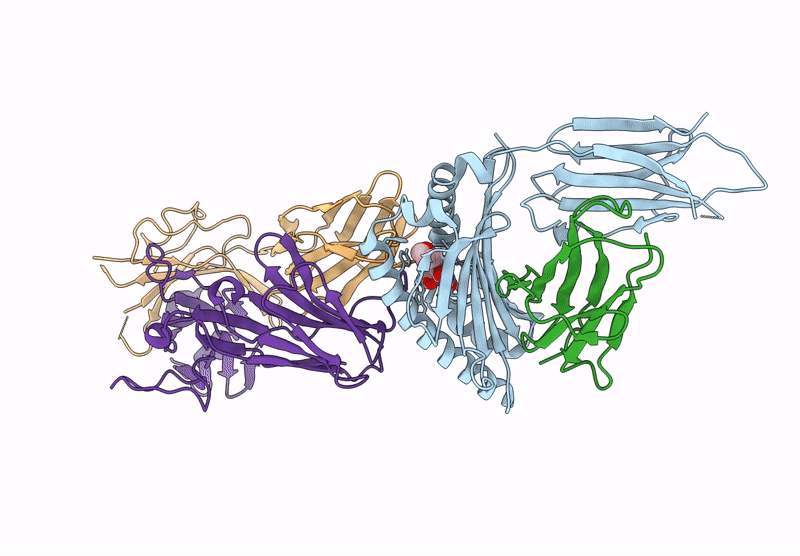
Deposition Date
2024-02-03
Release Date
2024-10-30
Last Version Date
2024-11-13
Entry Detail
PDB ID:
8Y6X
Keywords:
Title:
Crystal structure of ternary complex of human MR1, ligand #4, and MAIT-TCR A-F7
Biological Source:
Source Organism:
Homo sapiens (Taxon ID: 9606)
Host Organism:
Method Details:
Experimental Method:
Resolution:
3.40 Å
R-Value Free:
0.20
R-Value Work:
0.17
R-Value Observed:
0.17
Space Group:
P 43


